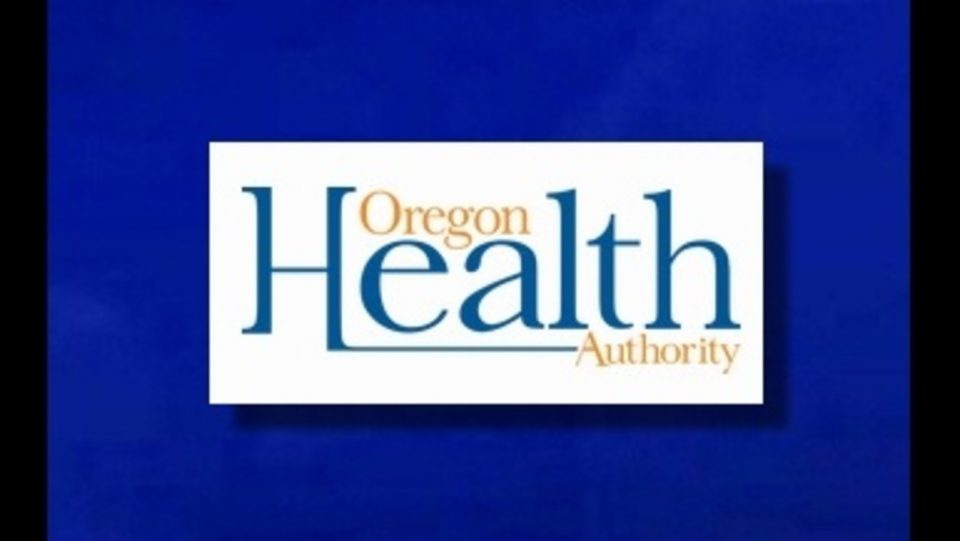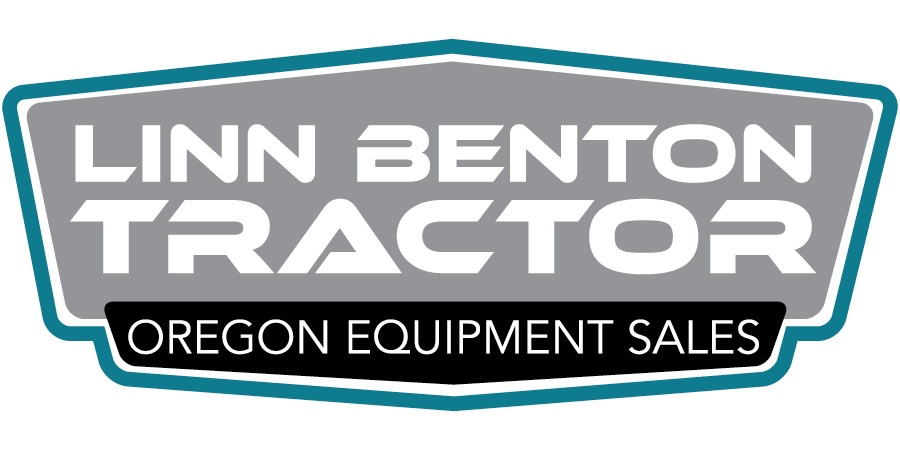Oregon Health Authority furthers commitment to helping make healthcare more affordable across state
(PORTLAND, Ore. –) According to an Oregon Health Authority (OHA) report out today, the amount that Oregonians with commercial and Medicare Advantage insurance paid in deductibles, copays and co-insurance increased more than 17 percent from 2015 to 2022. As health care costs continue to grow, the amount that people with health insurance pay for their care – known as patient responsibility or patient cost sharing – is also rising.
On average, in 2022, people in Oregon with commercial health insurance were responsible for 13.4% of their total health care costs, and people with Medicare Advantage insurance were responsible for 9.1% of their total health care costs. This does not include how much people pay for their health insurance premiums.
Over the past several years, patient cost sharing increased by 17.4% for commercially insured Oregonians and 17.7% for those with Medicare Advantage insurance. That growth was driven primarily by increasing deductibles in the commercial market and co-insurance for prescription drugs in the Medicare Advantage market.
At least 28 percent of Oregonians were considered underinsured in 2021, meaning that even though they have health insurance, it was too expensive for them to use.
“Too many Oregonians are struggling to afford their health care, even as more than 95 percent of people in the state now have health coverage,” said OHA Director, Dr. Sejal Hathi. “This report provides more information about how much people in Oregon are paying for health care and the reasons for those cost increases. Health insurance should open the door to care, but instead, we know that even moderate increases in cost sharing can thwart access for those who need it most. OHA will continue to work both to rein in health care costs and to protect and expand access to care.”
What is Patient Cost Sharing?
When an individual or a household buys healthcare insurance, they agree to a certain set of arrangements for services are covered by the health plan and how much of the cost the health plan will pay. The portion of the cost of covered services that the patient is responsible for is “patient cost sharing.”
Unlike health insurance premiums, which are paid to the health plan whether any services are used or not, cost sharing only applies when services are used. Examples of patient cost sharing are deductibles, copays and co-insurance.
Report Findings
The report shows that people in Oregon with commercial health insurance paid for 13.6% of their total health care costs on average in 2022, with more than half of that going toward deductibles. Commercial deductibles grew 31.9% between 2015-2022, faster than the growth in commercial co-insurance (19.2%) and copays (4.3%).
This is in part due to the increase in number of people who have a high-deductible health plan. People with high deductible health plans are responsible for 22.9% of their total health care costs, even though their average annual health care costs were lower.
The report also shows that in 2022, people in Oregon with Medicare Advantage insurance paid 9.1% of their total health care costs, on average. More than 60 percent of Medicare Advantage cost sharing was in the form of copays and less than 5 percent was paid in deductibles.
In the commercial market, almost 40% of the cost sharing in 2022 was for professional services like a doctor’s visit. In the Medicare Advantage market, almost 40% of the cost sharing in 2022 was for prescription drugs, with people paying increasingly more in co-insurance for specialty drugs.
For More Information
OHA presented preliminary findings on patient cost sharing in an educational webinar in March. The recording from that webinar is available online here. View the patient cost sharing analysis webinar slides here.
The Cost Growth Target Advisory Committee meets each month to discuss and plan strategies for increased health care affordability.
Explore the patient cost sharing data in an interactive online dashboard and find the full patient cost sharing report online here.









